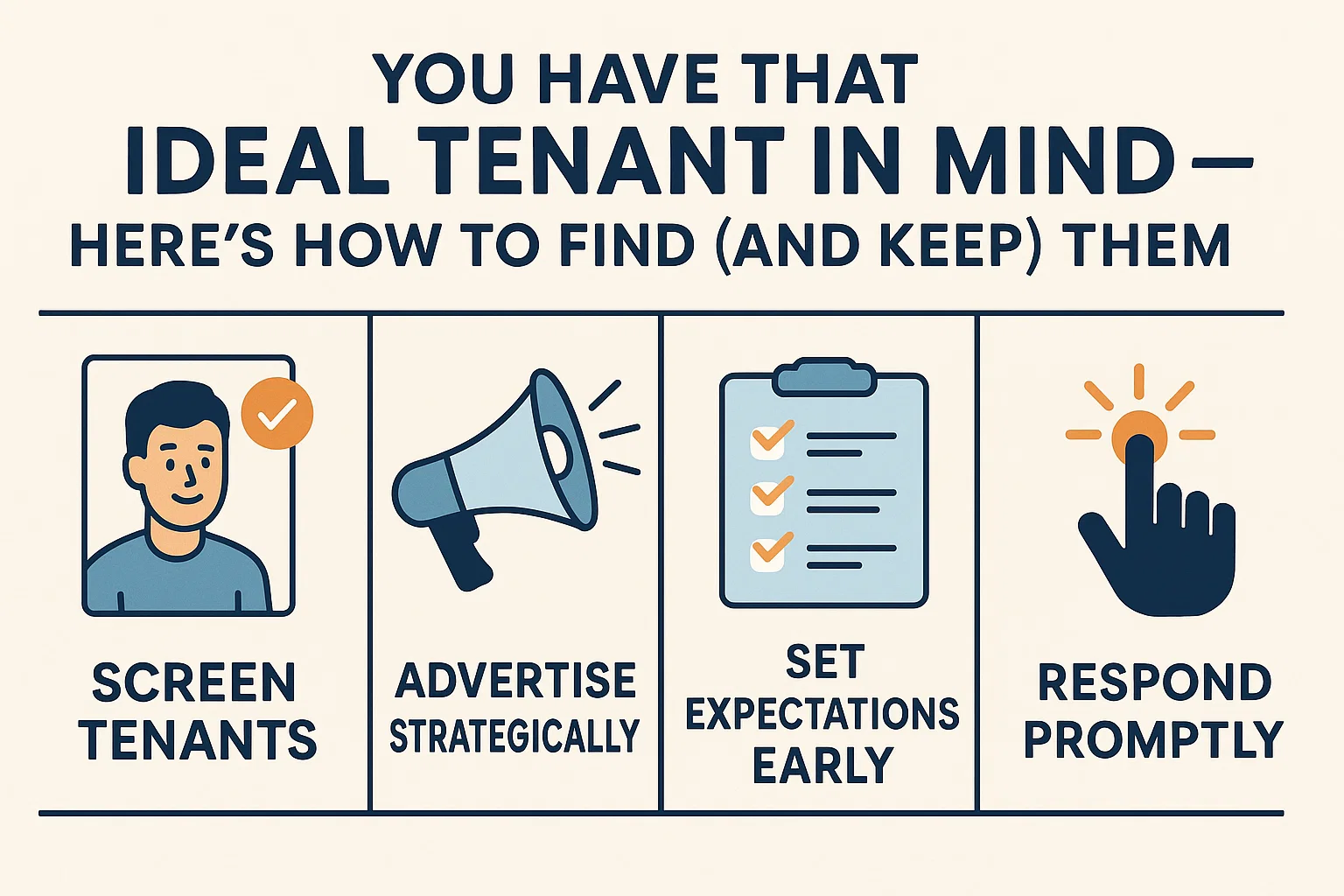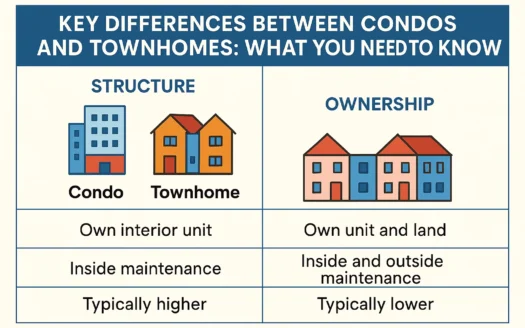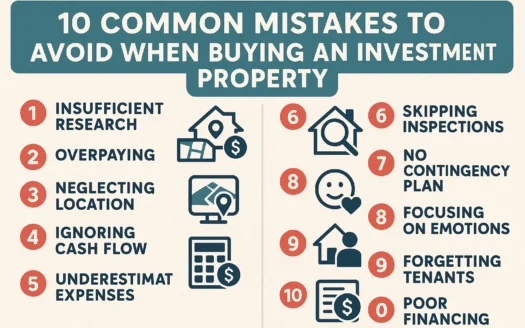You Have That Ideal Tenant in Mind — Here’s How to Find (and Keep) Them

You Have That Ideal Tenant in Mind — Here’s How to Find (and Keep) Them
Balancing Risk and Reward in Tenant Selection
Tenants with excellent credit, financial stability, and a pristine rental history can be hard to find. To fill vacancies quickly, you might consider accepting a higher deposit to offset fair credit or a transient rental history. Alternatively, you might overlook minor issues like late payments to previous landlords. While weighing risks and rewards can expand your pool of applicants, it also increases the chance of problematic tenants slipping through. These tenants may pay rent late, damage property, or create conflicts with neighbors—turning your investment into a headache.
Strategies to Avoid Problematic Tenants
1. Screen Tenants and Advertise to Your Target Audience
Proactive advertising and screening are critical. Platforms like Craigslist and Facebook attract different demographics than Zillow or Rental.com. Choose platforms aligned with your ideal tenant profile. Develop a thorough screening process that includes credit checks, rental history verification, and employment confirmation.
2. Craft a Bulletproof Lease Agreement
Your lease is your first line of defense. Ensure it clearly outlines responsibilities for scenarios like:
- Property damage and repairs
- Pest control (e.g., bed bugs)
- Lawn care and maintenance
- Noise policies and pet rules
Some landlords enhance clarity by providing tenants with a video walkthrough of lease terms and a signed acknowledgment of understanding. Always consult state-specific laws or an attorney to ensure compliance.
3. Handle Complaints Professionally
Tenant complaints are inevitable, but your response determines whether issues escalate. Key tips include:
- Acknowledge complaints promptly to defuse frustration.
- Create a formal process for submitting complaints (e.g., online forms or dedicated text lines).
- Use automated responses to confirm receipt while you investigate.
4. Define Wear and Tear vs. Damage
Prevent disputes by clarifying expectations in the lease. Examples of normal wear and tear include:
- Faded paint or minor carpet wear
- Small nail holes from hanging decor
Significant damage (e.g., broken windows, pet stains) should be documented with a move-in checklist and paired with a fee schedule for repairs.
5. Enforce Maintenance Requirements
Specify tenant responsibilities in the lease, such as:
- Lawn mowing and weed control
- Proper trash disposal
- Reporting maintenance issues promptly
6. Address Late Rent Clearly
Outline late fees and consequences in the lease. For example:
“Rent is due on the 1st and considered late after 6 p.m. on the 3rd. A $10 daily fee applies until the 15th, followed by eviction proceedings if unpaid.”
Always document communication to support potential eviction cases.
7. Know When to Evict
Eviction should be a last resort. Common grounds include:
- Nonpayment of rent
- Property damage
- Illegal activity
Follow state laws meticulously and involve legal counsel to navigate the process lawfully.
Final Thoughts
While landlording has its challenges, a proactive approach—clear leases, thorough screening, and consistent communication—can minimize risks. Always prioritize legal compliance and consult professionals when in doubt.




